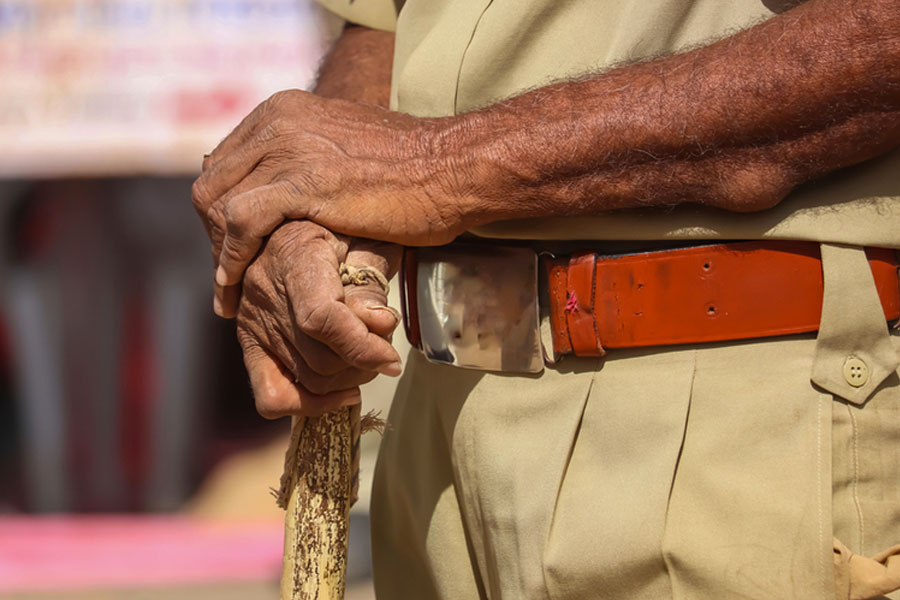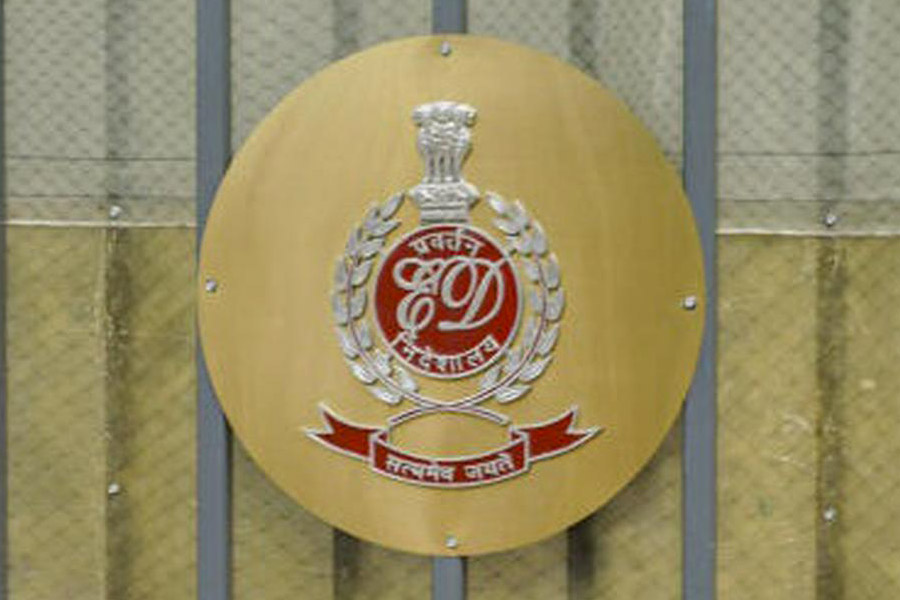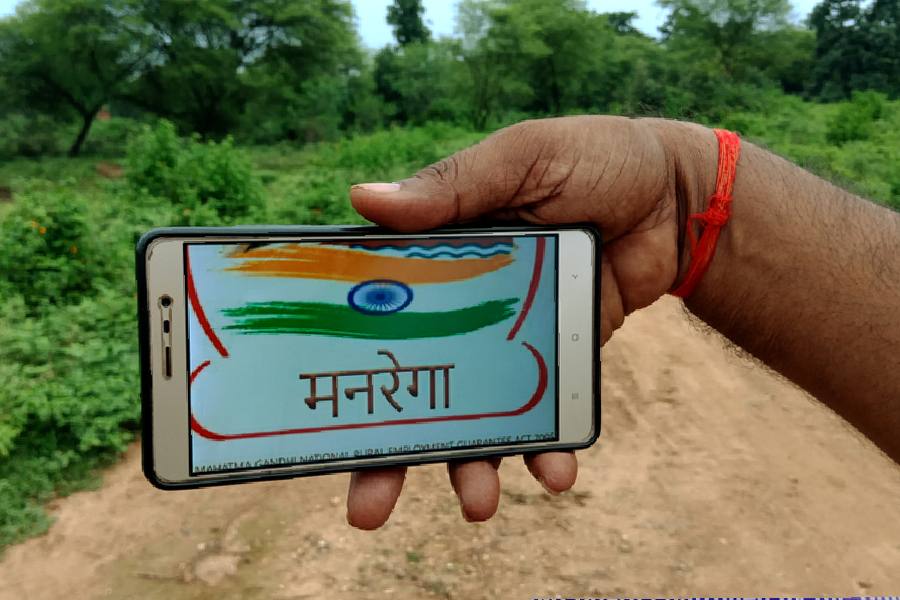 |
| PASSAGE TO INDIA: Mark Boyle |
Buying into brand Bapu
Are Englishmen mad? If not, why is a 28-year-old Bristol businessman, Mark Boyle, preparing to spend two and a half years to walk 9,000 miles from England to India?
“Because it’s there,” was the answer given by the British mountaineer George Mallory in March 1923 when the New York Times asked him why he wanted to conquer Mount Everest. He perished the following year while making the attempt.
To be sure, there is a touch of the eccentric about the English, which explains why I love living in England.
Boyle, who used to run an organic food company, is undertaking his padayatra partly because the poor man thinks India is a nice country, full of nice people who lead spiritual lives according to the nice principles laid down by the nice Mahatma Gandhi.
“Inspired by Bapu, I want my life to be my message,” Boyle explained last week as he commenced his adventure, equipped with only a few T-shirts, an extra pair of sandals, sunscreen, a knife and one bandage but no money.
He is relying on the generosity of kind people to supply him with food, water and free passage on ferries where necessary in return for his friendship and labour. Since there really are hospitable Indians in just about every country in the world, I do hope they will do the needful as they track Boyle’s progress on his website, www.justfortheloveofit.org/blog.php (Boyle is vegan by the way so don’t offer him biryani).
Boyle’s food rations quickly reduced to a solitary apple: “I asked Gandhiji to supply me with what I needed to keep going and the good man delivered. Oh and how! This experience has reinforced what I already knew — that people are fundamentally generous. It is uplifting and almost overwhelming.”
Boyle, who hopes to walk between 15 and 45 miles a day, is not the first Englishman to attempt such madness.
Nearly 400 years ago, Thomas Coryate took a year to walk from his home in the Somerset village of Odecombe to India. In 1619 Coryate died and was buried in Surat, as noted by authors Dom Moraes and Sarayu Srivatsa in their 2003 book, The Long Strider: How Thomas Coryate Walked from England to India in the Year 1613.
Coryate met Jehangir. Boyle’s destination is Porbandar. If he is very lucky he could be met at journey’s end by the modern repository of Gandhian virtues — one Mr N. Modi.
 |
 |
| NEW ROLE: (Top) Rachel Dwyer; Sanjay Dutt as |
Dr Dwyer, I presume
As the academic giving the vote of thanks remarked after Dr Rachel Dwyer had concluded her address, “Bollywood’s India: Hindi cinema as a guide to modern India”, it is a “field she has invented”.
There was a good crowd last week at the Brunei Gallery at the School of Oriental and African Studies to hear Rachel give her entertaining inaugural speech to mark her appointment as “Professor of Indian Cultures and Cinema”.
Rachel looked quite fetching in her red PhD gown, I thought. If only her “Yashji” — Mr Chopra to you and me — could have assembled enough dancers in similar costumes, we could have staged the first Bollywood number at SOAS.
Rachel’s performance was laced with lots of Indian film clips, including several from Lage Raho Munna Bhai. I liked it when Rachel joked that Sanjay Dutt hadn’t made it as a professor “unlike some others”.
Rachel read her speech, which is fine by me, except that if she really wants to make it in Bollywood, she will have to memorise the dialogue.
The gist of Rachel’s message seemed to be that Bollywood could not challenge popular mythology concerning historical and religious figures even if they had no basis in fact. One film depicted Hanuman and his army of monkeys chucking huge boulders, Aussie cricketers’ style, into the Ram Sethu sea passage between India and Sri Lanka.
 |
| THING OF BEAUTY: Dance II by Henri Matisse |
Russian roulette
What is the most beautiful painting in the world?
The centrepiece of an exhibition at the Royal Academy in Piccadilly is the 4m x 3m Dance II by Henri Matisse, which a Guardian critic has called “the most beautiful painting of the modern world”, as well as “one of the most beautiful of any age”.
I got told off by an usher while trying to take a picture of the painting — photography is allowed so long as your camera does not flash which mine did.
Without doubt the exhibition — From Russia: French and Russian Master Paintings 1870-1925 from Moscow and St Petersburg — is one of the best held in recent years. Massive crowds are expected before the exhibition — definitely worth seeing for Indians who happen to be in London — ends on April 18.
Over 120 paintings by Russian and French artists working between 1870 and 1925 are on display. They include paintings by Renoir, Cezanne, Van Gogh, Gaugin, Matisse, Monet and Picasso.
At one point, the Russian authorities cancelled the exhibition, partly because of worsening political relations between London and Moscow and partly because they were not satisfied with assurances that some masterpieces would not be seized on behalf of foreigners who claim to be their real owners. The Russians ultimately relented after new assurances from the British government that none of the paintings would be seized in London.
This establishes an important principle which affects the Koh-i-Noor. As explained to me by Britain’s department of media, culture and sport, the Koh-i-Noor could in theory be loaned to India provided the Indians renounce their claim to the most famous diamond in the world.
This means the Koh-i-Noor won’t budge from among the Crown jewels in the Tower of London.
 |
| LOOKING GOOD: Julie Christie in Doctor Zhivago |
Lip service
There was an intriguing disclosure in a Daily Telegraph feature, “Julie Christie: still our darling”, about the Oscar-nominated British actress.
Writer David Jenkins, whom I have not yet managed to consult, included this reference to an Indian politician in discussing Christie: “The Oscar-winning Darling was her first leading role; Doctor Zhivago (1965), Far from the Madding Crowd (1967) and The Go-Between (1970) followed quickly. Her beauty was seen as synonymous with the 1960s; indeed, I recall a future Indian foreign minister being transported by the mere mention of her name: ‘Those lips!’ he said. ‘That jaw! That hair!’ ”
The comment suggests that when it comes to assessing who has luscious lips, Indian foreign ministers are not without taste.
As for the identity of the discerning gentleman, your suggestions on a postcard will be treated in the strictest confidence — until next week.
Tittle tattle
Today’s Bafta will be more glamorous than usual because we are still unsure whether the writers’ dispute will be settled in time for the Oscars in LA. I will attend the Baftas to keep a check on how well Shekhar Kapur’s Elizabeth: The Golden Age does — it is up for best actress (Cate Blanchett) as well as Production Design, Costume Design and Make-Up & Hair.
Also, Sarah Gavron, director of Brick Lane, is up for the Carl Foreman Award for Special Achievement by a British Director, Writer or Producer for their First Feature Film.
If she wins, Calcutta can bathe in reflected glory — the village of Hari Pota 15 minutes’ drive from the Eastern Bypass mocked up as rural Bangladesh.










